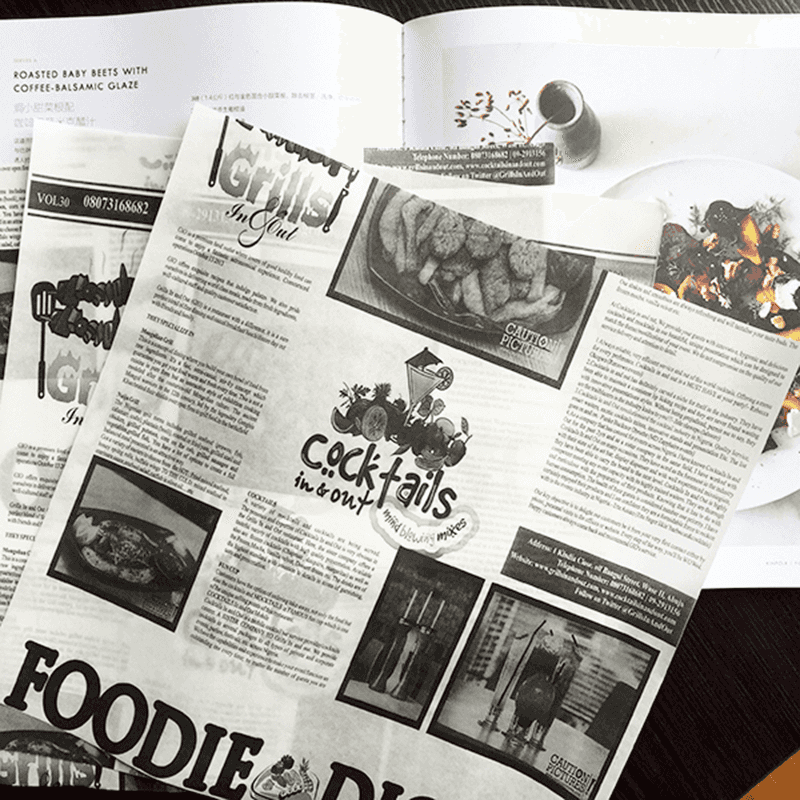Sustainability: A Driving Force for Innovation One of the most significant trends in the food packaging industry is the move toward more sustainable materials. As consumers become increasingly aware of the environmental impact of single-use plastics and non-recyclable packaging, there is growing pressure on manufacturers to create more eco-friendly alternatives. This has led to the development of biodegradable and compostable food wrap papers made from renewable resources such as bamboo, cornstarch, and plant-based fibers.
The demand for paper-based packaging that is both effective in protecting food and environmentally friendly is expected to rise, and food wrap paper is no exception. Manufacturers are now exploring ways to reduce the carbon footprint of food packaging by using sustainably sourced materials and reducing the amount of plastic and other non-biodegradable substances in their products.
Smart Food Packaging: Integrating Technology into Food Wrap Paper Another exciting development in the food wrap paper industry is the integration of smart technology into packaging. Smart food packaging involves the use of sensors, QR codes, and other digital tools to enhance food safety, shelf life, and convenience. For example, some food wraps now include sensors that can detect changes in temperature, humidity, or the presence of contaminants.

This type of smart food wrap paper could revolutionize the way food is stored and handled. For instance, it could help reduce food waste by providing consumers with real-time information about the freshness of their food. Imagine wrapping a sandwich with a piece of food wrap paper that alerts you when the sandwich is no longer fresh or safe to eat. This level of technology could make food packaging safer, more convenient, and more efficient.
Nano-Technology in Food Wrap Paper Nano-technology is another frontier that food packaging is beginning to explore. The use of nanomaterials in food wrap paper has the potential to enhance the barrier properties of the packaging, allowing it to better protect food from contaminants, moisture, and air. Additionally, nano-coatings could help make food wrap paper more durable without adding unnecessary weight or thickness.
Nanotechnology could also play a role in making food wrap paper more resistant to heat, which would be particularly useful for high-temperature applications like grilling or baking. Although still in the early stages of development, nano-tech food wraps may soon become a significant part of the food packaging landscape.
Minimalist and Aesthetic Packaging As consumers become more interested in aesthetics and the overall visual appeal of food products, the design of food packaging, including food wrap paper, is also evolving. Clean, minimalist designs are becoming increasingly popular, with many brands opting for simple yet elegant food wrap papers that enhance the visual appeal of the food they are packaging.
This shift in packaging design reflects broader consumer trends toward simplicity, transparency, and quality. In the future, we can expect food wrap papers that are not only functional but also contribute to the overall branding and experience of the food product.


 English
English русский
русский










